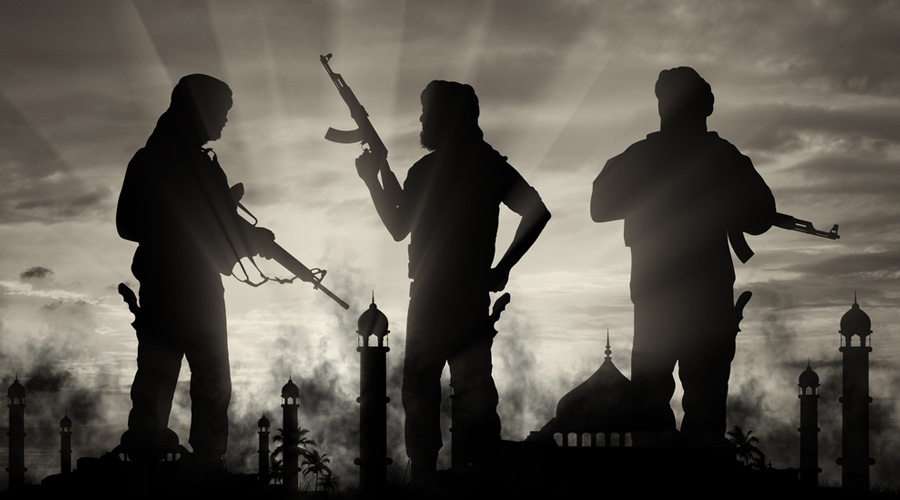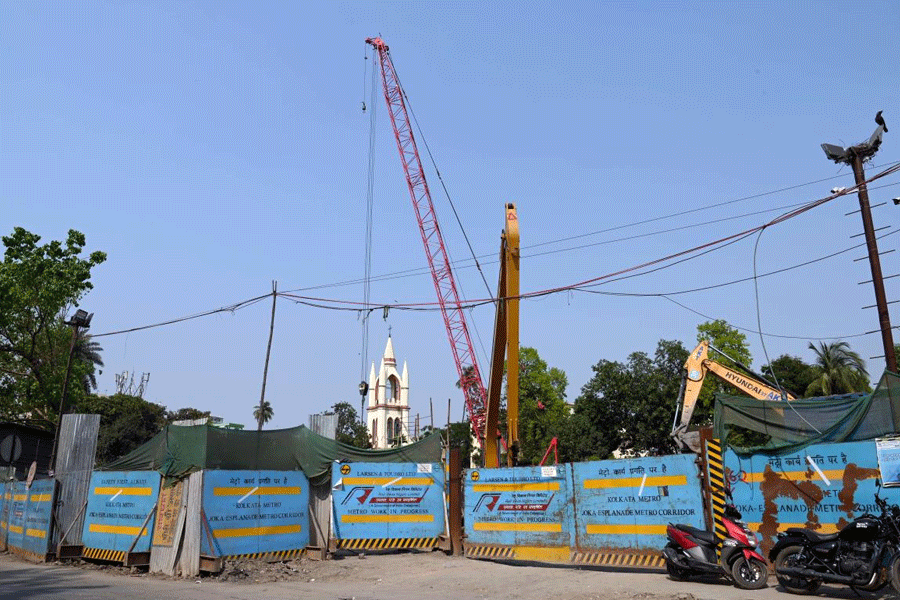According to the South Asia Terrorism Portal, there have already been about 25 insurgency-related incidents spreading over Jammu and Kashmir, the Maoist-affected regions and the Northeast in the first two months of this year. The persistence of such developments connected to our internal security should make us ask a larger question: why do insurgencies fester and why are they being viewed as evolving into terrorism?
David Galula, a French military officer and scholar, argues that for an insurgency to thrive, there ought to be a cause that finds traction with the local population. The insurgency battle is thus a competition between State and non-State actors to win the support of the population. Galula further reminds us that “a counterinsurgent cannot achieve much if the population does not feel protected against the insurgent.” Providing this much-needed protection to the population is, however, not the same as focusing on killing insurgents. Kinetic actions are necessary to control violence. But the ultimate defeat of insurgency depends on social, political and economic imperatives.
The inference one draws from the above is that people hold the most crucial agency in such conflicts. Classical counterinsurgency doctrines are premised on ‘winning hearts and minds’ of the people who are the ‘centre of gravity’. This has also been the basic doctrine adopted by the Indian army.
Insurgencies occupy a large space in the realm of our national security. To the credit of our security forces, the levels of violence at present are relatively lower, be it in J&K, the Northeast or in the Maoist-dominated regions. However, the reduction in violence has not resulted in the end of these insurgencies.
There are certain issues that warrant attention to enable us to reform and improve. These issues have primarily to do with the centricity of the local population in conflict zones. A fresh beginning has to be made by identifying the challenges from a correct perspective and showing the willingness to discuss alternatives.
Of late, the agency possessed by the local population has increasingly been undermined as part of the State approach. It is sufficient to say that a refocus is needed on the ‘centre of gravity’.In the 1990s, ‘counter-insurgency by force’ occupied the centre stage. The current dynamics hinge on a war of narratives and ideas that play in the mind of the population, necessitating the diversification of our modus operandi. Continuing with past methodologies will only lead to creating new militants rather than neutralising them.
It must be noted that the government and its agencies have always lagged behind vis-à-vis non-State actors in waging the war of words. Being poor in the art of rhetoric, they tend to continuously react to the narratives set by the insurgent groups and lose the battle even before joining the same.
The overall aim should be that of positive peace that goes beyond a state of ‘absence of violence’. In doing so, the root causes need to be identified at macro levels and directives issued accordingly. This could be painstaking, often necessitating the invocation of history, but it has long-term benefits. A cue in this regard could be obtained from nations that have taken the recourse to ‘truth and reconciliation’, notwithstanding the diverse characteristics of insurgencies in different countries. Unfortunately, in our exuberance to implement quick remedies, we often view the root cause approach as ‘justifying insurgencies’.
Lastly and most importantly, the difference between ‘insurgency’ and ‘terrorism’ ought to be understood. As pertinent to our conflict zones, it is insurgency that still prevails. Rebranding insurgency as terrorism exhibits escapism on part of the State. In doing so, we diminish the agency possessed by the people, externalise our enemy to justify the use of force, and look for an alibi to conceal fault lines. Such a strategy weakens the very foundation of our approach when it comes to counterinsurgency and lets the tail wag the dog.
Shashank Ranjan is a retired infantry officer with rich experience of serving in insurgencies










